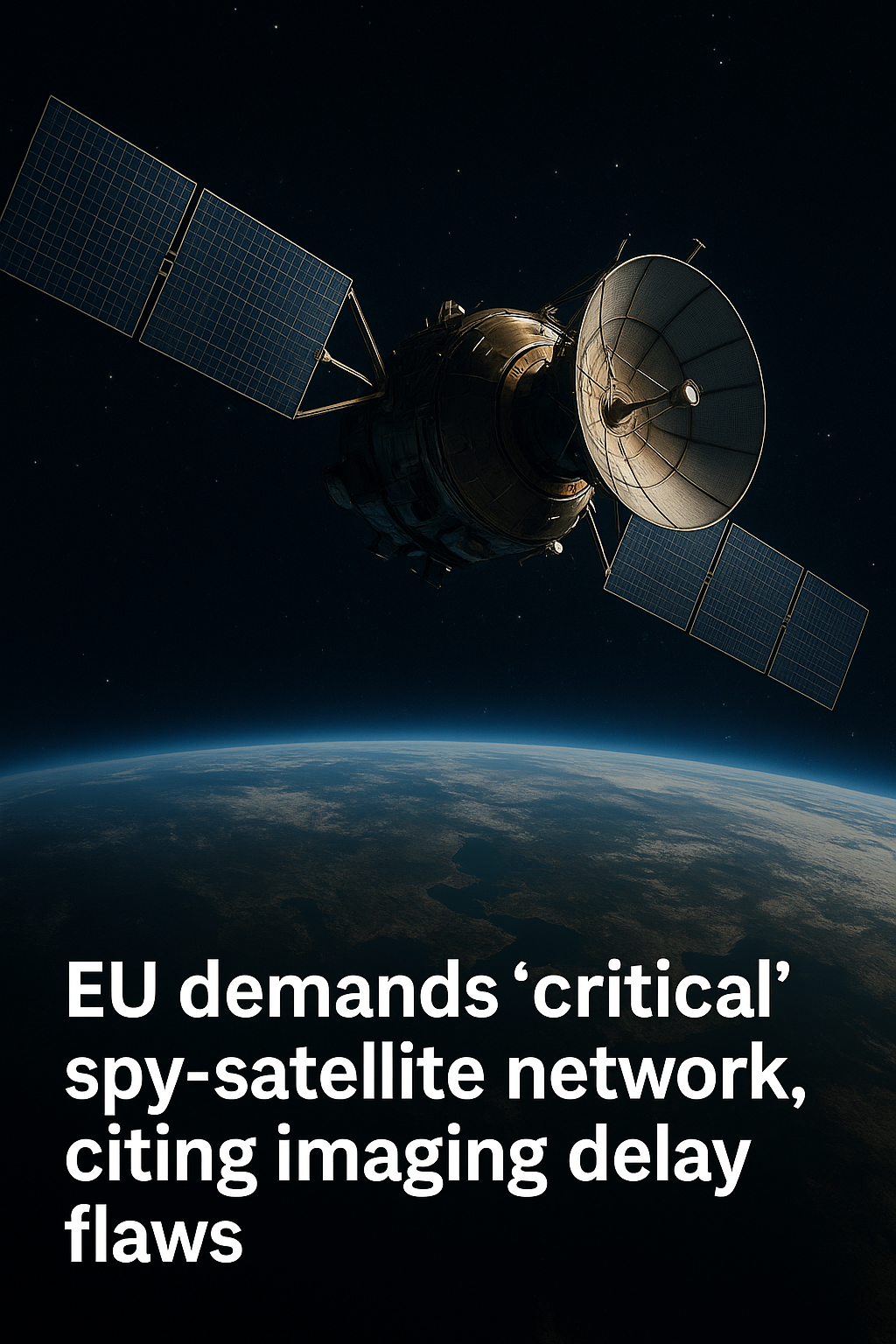In today’s high-tech battlefield, war isn’t just waged on land, in the air, or at sea—it’s also fought in orbit. Hypersonic Missiles are game changer.
Space is Now the Frontline of Modern Warfare
The skies above Earth have become the new domain of defense, and according to former Indian space chief S. Somanath, any nation that underestimates this shift risks catastrophic vulnerability. Speaking on the “From Code to Culture” podcast, Somanath warned that without robust satellite coverage, nations like India could face serious “blind spots” during military conflicts.
He cited the Ukraine war as a wake-up call. Satellite intelligence has become central to real-time surveillance, missile tracking, and electronic warfare. “The value of space for defense has been understood very well now,” Somanath emphasized, underlining how modern conflicts are shaped by what happens above the clouds, not just below.
Hypersonic Missiles: The Invisible Threat from the Sky
What truly makes the need for a satellite shield urgent, Somanath says, is the growing global threat of hypersonic missiles—a new class of weapon that moves at more than five times the speed of sound. Unlike traditional ballistic missiles, these projectiles can maneuver mid-flight, making them nearly impossible to intercept with existing ground-based systems.
Space Weapons Incoming? U.S. Reveals $175B Golden Dome Shield to Stop Hypersonic Missiles
“You need an observation that is going to come from another domain,” Somanath warned. That domain is space. Hypersonic missiles move too fast for conventional radar systems to detect and stop. By the time a country registers their launch, the weapon might already be on impact trajectory. Only satellite-based early warning systems can track such threats in time to respond.
The United States, aware of this threat, is building a constellation of 500 satellites to form a protective “dome” over its territory. These satellites will offer near-instantaneous data on incoming hypersonic missiles—detecting their origin, trajectory, and impact zone—giving precious seconds to launch countermeasures.
India’s Urgent Need: A Satellite Swarm and AI Brain
For India, this isn’t a hypothetical challenge. Somanath insists that India cannot afford to rely on foreign or commercial satellite services in a war scenario. “They are available to everyone,” he said, noting that commercial satellites lack military-grade protection and exclusivity. “We must have our own if we want to become fully independent.”
And that independence won’t come cheap. Just a handful of satellites won’t be enough. Due to the speed at which satellites orbit the Earth, each can only monitor a specific area for about 15 minutes. To maintain round-the-clock surveillance, India would need hundreds of satellites, possibly more, operating in a tightly coordinated web.
These satellites must come with diverse capabilities—thermal imaging, synthetic aperture radar, multispectral and hyperspectral cameras—to detect and classify threats in all conditions, including night and cloud cover. But raw satellite data alone isn’t useful without a brain to analyze it.
Rocket Lab’s Suborbital Tech Gains Dual Defense Role in U.S. and U.K. Hypersonic Weapons Programs
That’s where Artificial Intelligence steps in. “There needs to be systems in place to evaluate the information and convey its main points to those who actually make decisions,” said Somanath. AI would filter, interpret, and prioritize enormous data flows in real time—feeding only the most critical intelligence to commanders on the ground.
This AI-satellite synergy is key to creating what defense experts call a C5ISR architecture: Command, Control, Communications, Computers, Combat Systems, Intelligence, Surveillance, and Reconnaissance. Without it, India’s defense strategy could be left in the dark—literally.
Satellites are Targets Too — And So Are the Operators
The next big challenge is not just building and launching satellites—it’s defending them. “You must safeguard your own satellites since they are also a war occupant,” Somanath warned. In modern warfare, satellites can be jammed, hacked, or even destroyed using anti-satellite (ASAT) weapons. They are no longer passive tools but strategic military assets.
Moreover, the human side of this battlefront cannot be ignored. India’s defense personnel are not yet fully trained to handle such complex satellite-AI-integrated systems. “They need to be prepared and trained to deal with such complicated technologies,” Somanath cautioned. The country must invest not only in machines but also in military technologists and cybersecurity experts who can operate and protect this space infrastructure.
The Clock is Ticking
The message is chillingly clear: India cannot afford to blink. The hypersonic age is here, and traditional defense systems are already outdated. As geopolitical tensions rise, space dominance will decide who prevails and who is blindsided.
A future-proof national defense strategy demands hundreds of satellites, powered by advanced AI, managed by trained experts, and protected as if they were nuclear assets. The sky is no longer the limit—it’s the battlefield. And in this war zone, satellites don’t just watch the fight—they are part of it.




